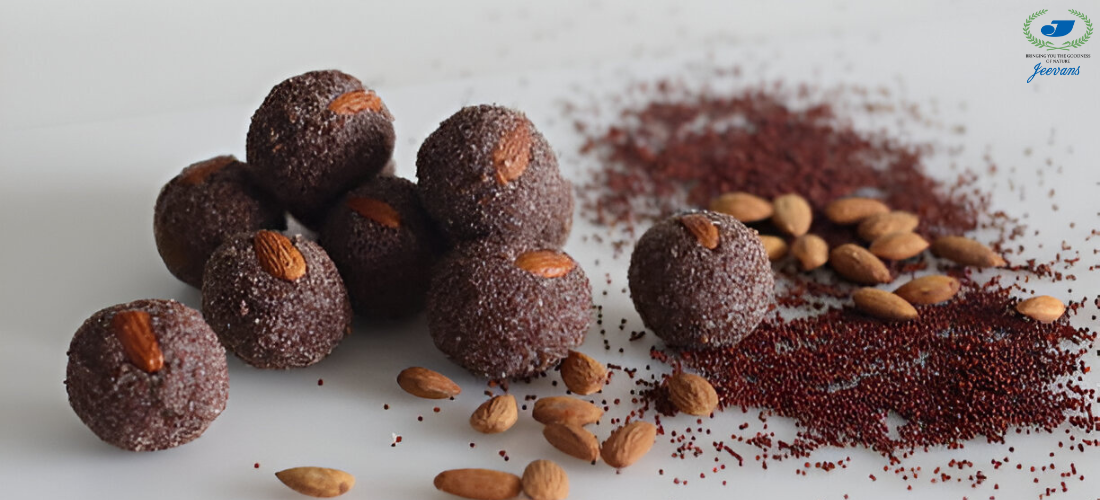Sustainable eating is no longer just a trend—it’s a necessity. As climate change, water scarcity, and soil degradation threaten global food systems, consumers are becoming more conscious of what ends up on their plates. Among the many climate-smart crops, millets stand out as an eco-friendly, nutritious, and farmer-friendly option. By incorporating millets into our daily diets, we not only care for our own health but also contribute to a healthier planet and stronger rural communities.
Why Millets Are a Sustainable Choice
1. Low Water Requirement
Unlike rice and wheat, which consume vast amounts of water, millets require very little irrigation. Many millet varieties grow well in arid and semi-arid regions with minimal rainfall, making them climate-resilient crops.
2. Naturally Pest-Resistant
Millets are hardy grains that do not depend heavily on pesticides or fertilizers. This reduces the use of harmful chemicals, lowers farming costs for small-scale farmers, and protects soil and water from contamination.
3. Biodiversity and Soil Health
Growing millets encourages agricultural diversity and prevents over-reliance on just a few staple crops. Their deep roots improve soil structure, enhance fertility, and reduce erosion—helping restore soil health over time.
How Millets Support Farmers
1. Resilient Crops for Rural Livelihoods
For small and marginal farmers, millets are a lifeline. They can thrive in drought-prone areas and withstand extreme weather conditions, ensuring a steady harvest even when other crops fail.
2. Reduced Input Costs
Because millets grow well without chemical inputs and require minimal irrigation, farmers spend less on water, fertilizers, and pesticides. This makes millet cultivation more cost-effective and sustainable.
3. Growing Market Demand
With the United Nations declaring 2023 as the International Year of Millets, awareness has surged globally. Increasing consumer demand for millet-based foods—ranging from health snacks to gluten-free flours—is creating better income opportunities for farmers.
Environmental Benefits of Millet Consumption
- Lower Carbon Footprint: Millets grow with fewer resources and less energy compared to rice and wheat.
- Climate Adaptation: As global temperatures rise, millet cultivation helps build food security by adapting to changing climates.
- Reduced Food Miles (when sourced locally): Supporting locally grown millets reduces transportation emissions and strengthens regional economies.
How Consumers Can Make a Difference
Choosing millets is a small step with big impact. Here are simple ways to start:
- Replace refined grains with millet-based staples like rotis, dosas, or porridge.
- Opt for millet snacks and flours when shopping.
- Support brands and cooperatives that promote local millet farmers.
- Encourage millet-based meals in schools, workplaces, and communities.
Final Thoughts
Sustainable eating is about making conscious choices that protect both people and the planet. By choosing millets, you’re not just opting for a nutrient-rich, gluten-free superfood—you’re supporting farmers, conserving natural resources, and helping combat climate change. Every millet-based meal is a step toward building a more resilient and sustainable food future.




